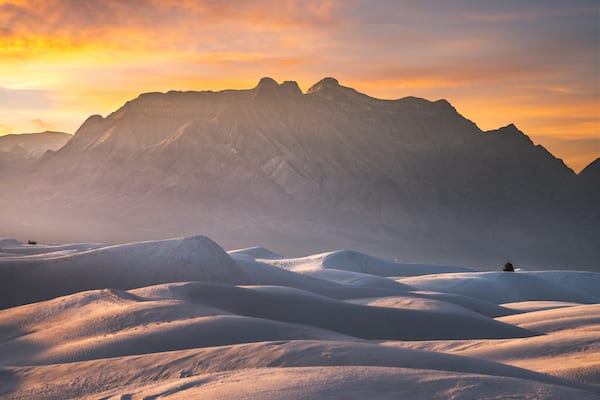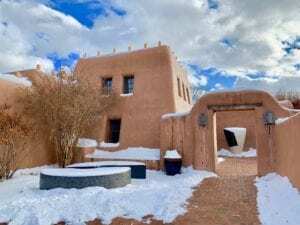Discover New Mexico
Wine Country
Our New Mexico Wine Travel Guide shares a brief history of the state's wine country, terroir, where to sip, where to stay and things to do beyond the vines.
Vivo Vino! The state of New Mexico certainly lives up to its nickname of The Land of Enchantment with its wines being nothing short of enchanting. With three officially designated American Viticultural Areas (AVAs) and 40+ wineries, New Mexico’s wine country is worth sipping in.
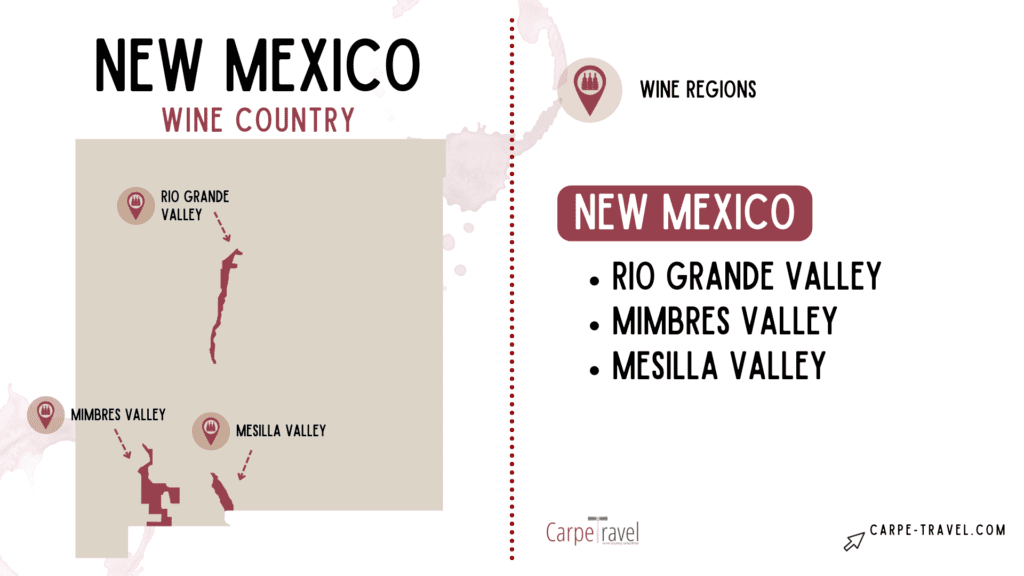
TOP GRAPE VARIETIES IN NEW MEXICO
White Grapes
RED Wine Grapes
The arid climate of the southwest doesn’t immediately conjure images of lush, green vineyards and yet New Mexico not only has a burgeoning modern wine industry, it also lays claim to America’s oldest.
While some authorities cite 1554 as the start of winemaking in North America, thanks to Francisco Urdinola, others say New Mexico got its start in 1629 based on vine-cuttings brought by Spanish missionaries. In need of sacramental wine for mass, the Catholic church, along with New Mexican Governor Francisco Manuel de Silva Nieto, had been paying to import it – in tiny volumes requiring a 1000-mile slog. The solution? Plant vines and make their own.
New Mexico’s wine industry developed not just early but fast: By the late 1800s, New Mexico became the fifth largest market in the country. Wine production had reached almost a million gallons a year, or double what New York state produced. Eventually, competition from California, flooding, and Prohibition, the great alcohol industry killer, shrunk New Mexico’s vineyard acreage to a pittance. Nonetheless, the can-do spirit of innovation and grit pervades the industry today.
The Gruet family, who were established French winemakers, moved to New Mexico in 1984 and started an experimental vineyard at 4,300 feet. The altitude worked in their favor for their production of Pinot Noir and Chardonnay based sparkling wines. These sparkling wines are produced in the traditional method and have achieved unprecedented acclaim…and somewhat of a cult following among wine lover.
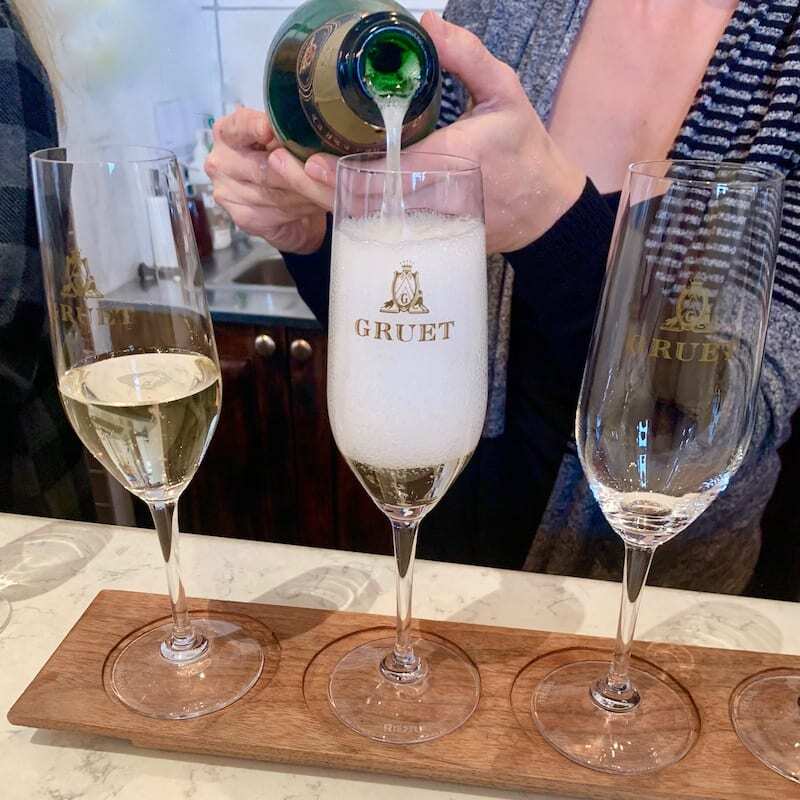
TERROIR
New Mexico boasts three American Viticultural Areas (AVA). Generally, New Mexico’s growing regions have continental desert climates with cool winters and hot summers. Counterintuitively, the warm to hot growing season contributes to a shorter ripening period because vines start shutting down above 95° F. The more days over that number, the fewer days grapes spend ripening during summer.
The state’s best vineyards lay at higher elevations where temperatures are cooler, especially in the evening. A large diurnal range, or temperature difference between day and night, helps grapes preserve acidity which lends freshness, structure, and age-ability to the wines. Within the Middle Rio Grande Valley AVA, Mimbres Valley AVA, and Mesilla Valley AVA, some vineyards reach 6500 feet above sea level. Today, around 40 wineries and growing make wines from Vitis vinifera and hybrid grapes.
NEW MEXICO WINE REGIONS
Central New Mexico
The Middle Rio Grande Valley AVA sits in central New Mexico between Albuquerque and Santa Fe. You will find many tasting rooms in both downtown Albuquerque and Santa Fe. Read more about wineries to sip in this region.
Southern New Mexico
Mesilla Valley AVA is close to Las Cruces and the smallest NM AVA. Two hours northwest from Las Cruces, Mimbres Valley AVA is the largest New Mexico wine region. Read more about wineries to sip in this region.
Northern New Mexico
Though it hasn’t yet earned an AVA, Northern New Mexico boasts a distinct growing area set along the Rio Grande near Taos. Read more about wineries to sip in this region.
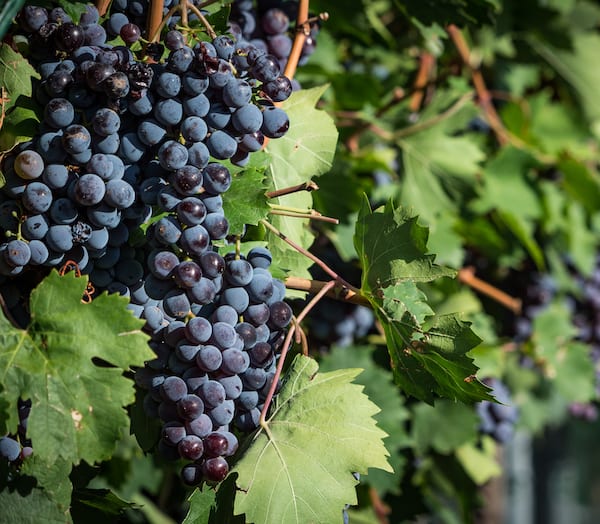
WHERE TO SIP
With 40+ wineries, the New Mexico wine country has a lot to sip in. We’ve shared the best NM wineries in each region for your next grape escape.
Gruet
Winery
Luna Rossa Winery
Vivác
Winery
Planning Your NEW MEXICO Wine Country Vacation
NEW MEXICO ITINERARIES
WHERE TO STAY IN NEW MEXICO WINE COUNTRY
Middle Rio Grande Valley
- Hyatt Regency Tamaya Resort & Spa
- Dos Casitas en Socorro B&B
Mesilla Valley AVA
- Hacienda de Mesilla
Mimbres Valley
- Palace Hotel
- Murray Hotel

GETTING AROUND
Private drivers may seem like a dime a dozen, but not all those dimes are equal. Look for those who are well rated and/or ask your hotel for recommendations. In the meantime, here are a few we have used and recommend.
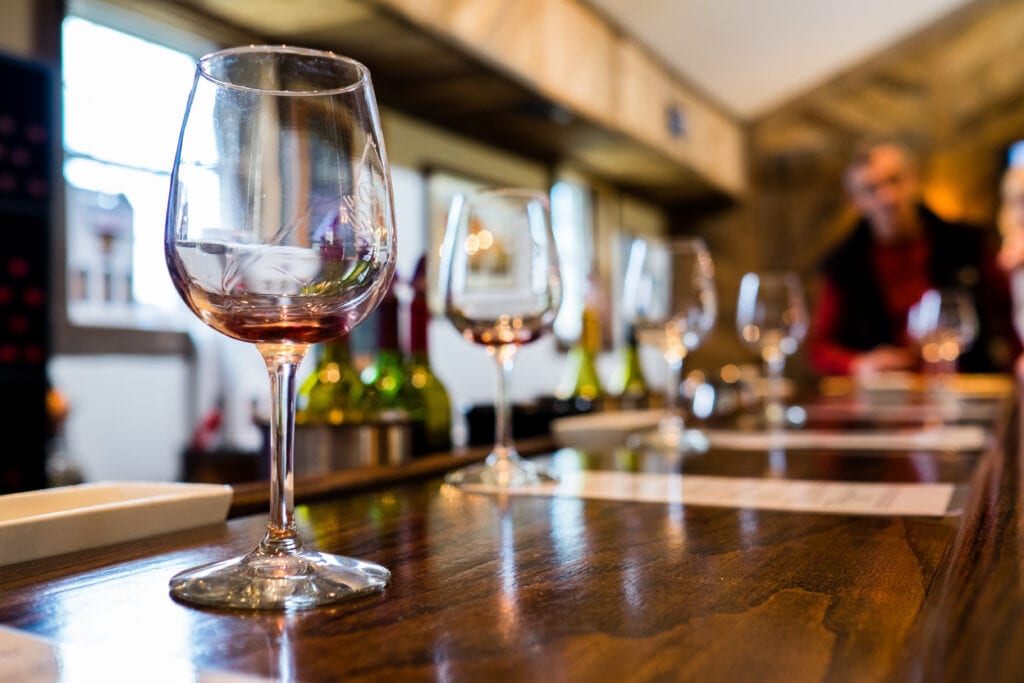
- – The Santa Fe Wine & Chile Fiesta
- – Taos Winter Wine Festival
- – Wine Festivals in Every State Not to Miss
BEYOND THE VINES
The thee distinct wine regions in New Mexico are home to many fun activities, so if you’re looking for things to do besides sipping in the 40+ New Mexico wineries, we have A LOT OF IDEAS for kids, designated drivers, and those enjoying the wines of the region.
Fifty-two miles from Las Cruces is one of the world’s great natural wonders – White Sands National Park. Here you will find the world’s largest gypsum dunefield – 275 square miles of desert.
Just west of Albuquerque, take a hike in Petroglyph National Monument to view carvings created between 400 and 700 years ago by Native Americans and Spanish settlers.
Hundreds of balloons take to the sky every October at the annual Albuquerque International Balloon Fiesta – the largest hot air ballooning event in the world. It is a sight to see!!
